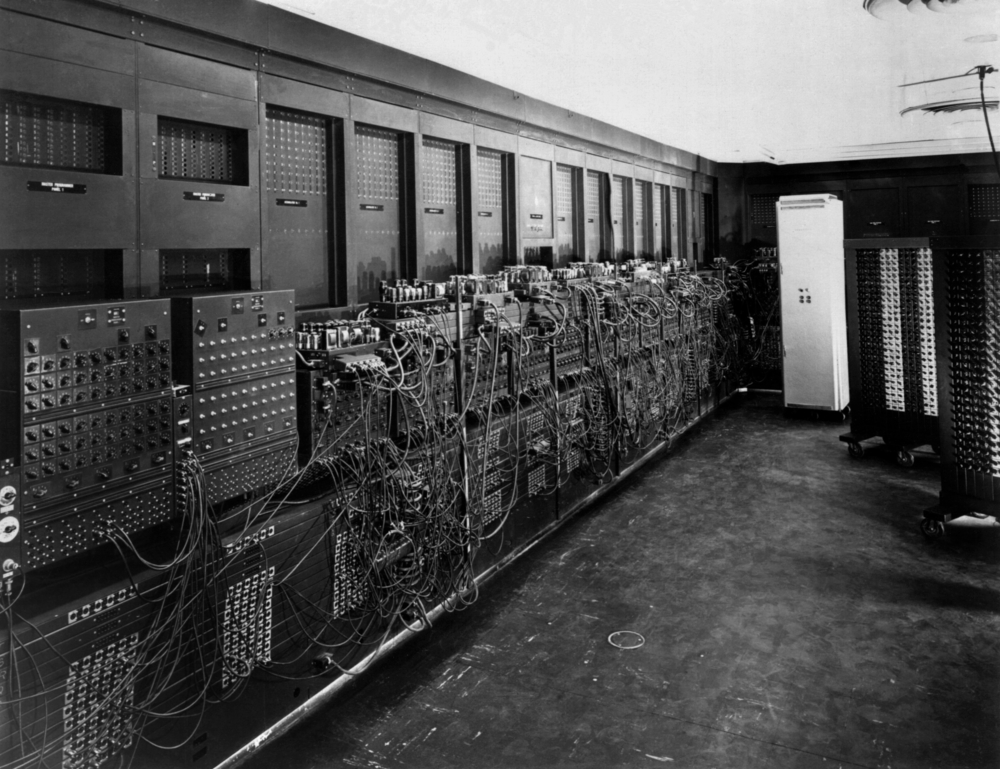 It might lack the immediate name recognition of Harvard’s Mark I or Bletchley Park’s Colossus, but the University of Pennsylvania’s ENIAC stands right next to them in the annals of computer history. The Electronic Numerical Integrator and Computer made its public debut Feb.15,1946, introducing the world to the idea of an all-digital general-purpose computer—a computer that could be easily reprogrammed to handle different tasks.
It might lack the immediate name recognition of Harvard’s Mark I or Bletchley Park’s Colossus, but the University of Pennsylvania’s ENIAC stands right next to them in the annals of computer history. The Electronic Numerical Integrator and Computer made its public debut Feb.15,1946, introducing the world to the idea of an all-digital general-purpose computer—a computer that could be easily reprogrammed to handle different tasks.
The ENIAC project
The ENIAC project was the brainchild of Professor John W. Mauchly, who understood how electronic calculations could benefit the war effort. He began working with grad student J. Presper Eckert Jr., who served as the ENIAC’s chief engineer. Although their work on the ENIAC wasn’t complete until World War II was over, the results were remarkable. The New York Times described the ENIAC as an “electronic speed marvel” that “virtually eliminates time” in completing complex mathematical tasks. It’s estimated that in the 10 years of ENIAC’s operation—before it met its match in a 1955 lightning strike—the computer completed more calculations that all of mankind heretofore.
In today’s smartphone age, the sheer scale of the ENIAC is astounding. The computer filled a 1,500-square-foot room and relied on 18,000 vacuum tubes. You could park a school bus inside the U-shaped apparatus. In 1995, in celebration of ENIAC’s 50th anniversary, the machine was recreated using modern integrated circuit technology. The recreated ENIAC could fit in the palm of your hand.
ENIAC’s 50th birthday bash rightfully earned its own mention in technology history: One of the City of Philadelphia’s celebratory events was the first man vs. machine matchup between chess genius Garry Kasparov and IBM’s Deep Blue.
Photo: Everett Historical / Shutterstock.

[…] of the electronic digital computer. Previously that title had gone to the inventors of the ENIAC, the first digital general-purpose computer. A judge in the case Honeywell v. Sperry Rand ruled that the basic idea of the ENIAC had been […]